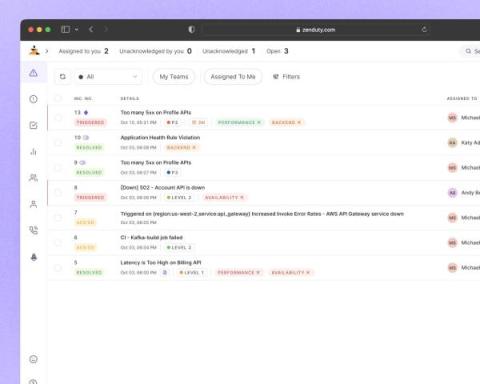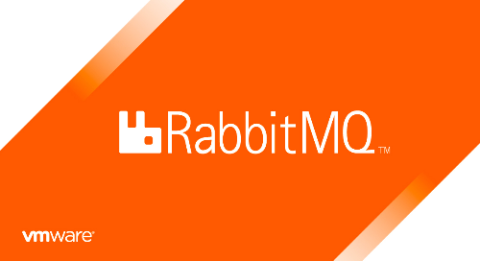Operations | Monitoring | ITSM | DevOps | Cloud
Latest News
Mattermost v9.1: Group Message enhancements
Group Messages (GMs) allow for quick and/or infrequent interactions with three to seven users. In Mattermost v9.1, there are two new quality-of-life updates aimed at enhancing user experience.
Behold a brand New Incident Dashboard!
The incidents page, the most visited page on Zenduty, has an all-new look and feel! It's been completely redesigned from the ground up to be faster, easier to use, and more visually appealing. The Incidents list now dedicates more space for important information, such as the title, date, priority, and more. The UI is also more polished, shaving off whitespace where unnecessary. The avatars have been redesigned with more pastel shades, resulting in an overall design far more soothing to the eye.
Azure VM Monitoring
A Deep Dive into Office 365 Enterprise Licensing
Office 365, also known as O365, has become a cornerstone for enterprise productivity. With different plans such as Office 365 E1, E3, and E5, organizations can tailor their licensing to meet specific needs. This article delves into the nuances of Office 365 Enterprise Licensing, aiming to provide a clear understanding to help you make an informed decision.
Navigating the Waters of SharePoint Online Limits
SharePoint Online (SPO) has become a linchpin in fostering collaborative work environments in the modern digital age. Its robust features provide a platform where individuals can share, manage, and collaborate on content seamlessly. As SharePoint Online continues to evolve, understanding its limits and boundaries is crucial for administrators to ensure optimal performance and user satisfaction.
What is remote access? An open door to productivity and flexibility
Next Generation of Cost Reallocation: Leveraging APIs to Programmatically Manage Cloud Spend
A couple of weeks ago, I wrote about The Art of True Chargebacks and how VMware Tanzu CloudHealth makes simple work of the cost reallocation of cloud expenses. In addition to being a refresher on cost reallocation with Tanzu CloudHealth, it was also shared as a kickoff of our newly released cutting-edge Cost Reallocation API. This officially available API revolutionizes the seamless automation of chargeback reallocation across diverse geographies, brands, business units (BUs), and product lines.
Understanding the Differences Between RabbitMQ and Kafka
This blog was co-written by Howard Twine and Gregory Green. A few years ago, a colleague of ours wrote an informative post to help readers understand when to use RabbitMQ and when to use Apache Kafka. While the two solutions take very different approaches architecturally and can solve different problems, many people find themselves comparing them for situations where there is overlap.
How to Extract Insightful Data From Proxy Protocol Packets
Boosting the transparency of your load balancer traffic is advantageous. Web applications continually pass information back and forth, yet some of this important data is often hard to get during transit. And while the perceived “black box” nature of networking seems overwhelming, what if you could peek behind the curtain to better understand your traffic?











